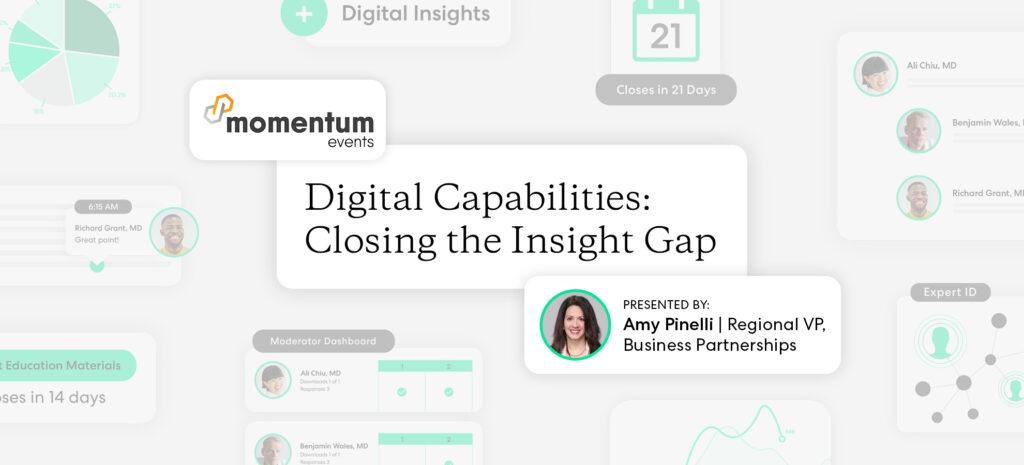Technology comes at us with dizzying, often disruptive speed. Yet imagine health care today without the progress new technologies have made possible. Online access to communications and data, better options for in-home therapies and advancements in medical devices and treatments like robotic and other non-invasive surgeries have all surged in recent years.
Today a primary goal in health care is patient-centered care, and technology is already a key driver. It seems clear that the healthcare industry would quickly embrace modern technologies that make administrative tasks easier and more efficient, but tighter regulations have slowed the process in comparison to other business sectors. In the US alone, the endless varieties of care needed for millions of patients and the administration of so many health care institutions are complicated propositions. They aren’t made for quick, easy solutions.
The good news: As better processes emerge, the pace of incorporating technology into healthcare organizations, health systems, and homes has accelerated. Some of the most critical to health care advances are in patient-centered technology.
Why is patient-centered care important?
Patients are the most important stakeholders in the healthcare industry. Many are beginning to expect better care as they understand more about their own health and wellness. This includes home health care and increased access to data points to help them make informed decisions on their care.
[Patients] are beginning to expect better care as they understand more about their own health and wellness.
The Institute of Medicine (IOM) identified key patient-centered care factors to include:
- Respect for patients’ values, preferences, and expressed needs
- Care that is coordinated and integrated
- Information, communication, and education
- Emotional support
Patient-centered technology plays a pivotal role in all of the above.
How does technology figure into patient-centered care?
Implementing patient-centered technology may involve any health system using specially selected outside software, undergoing a healthcare system overhaul, and providing software or web access for patients’ home devices. The broad goals:
- Comprehensive patient access to their records and HCPs so they can better understand what’s going on with their health
- More administrative efficiency, from scheduling to delivering optimal services in medication management, medical device assistance, and help with any other therapies
- Improved medical care by easing physicians’ and HCPs’ administrative responsibilities that distract from the patient
Examples of patient-centered technology
The waves of technology are so overwhelming as to defy this blog space. So here are just a few ways patient-centered technology has changed the health care industry and patient care:
Telemedicine and telehealth. Today many patients receive care and support through a variety of telemedical devices and applications. Providers can evaluate, diagnose and treat patients over the phone or online, and patients can even consult with specialists around the world. The global telemedicine market size is growing fast, with access increasing.
Artificial intelligence (AI). In the future, artificial intelligence (AI) may be integrated across the patient’s journey. In patient-centered healthcare today, AI is most often used in diagnosis and treatment recommendations, patient engagement in healthcare, and administrative processes within the healthcare provider, payer and pharmaceutical organizations. The potential for further use may be unlimited. Applications using AI encompass:
- Machine learning (the process through which computers develop pattern recognition based on data)
- Predictive patient data analysis
- Imaging analysis
- Assisting patient compliance with care plans
- Speech and text recognition for improved patient communications and recording of clinical notes
- Administrative applications
Digital therapeutics. Digital therapeutics uses digital tools and software programs designed to complement or replace clinical drugs. This technology is to be used independently or in concert with medications, devices, or other therapies to optimize patient care and health outcomes.
Digital therapeutics may be able to supplement and provide alternatives to traditional drug treatments with the use of digital tools like:
- Telemedicine
- Wearables
- Smartphones and smart devices
- Cognitive-behavioral therapy software
- Artificial intelligence
Smartphones and wearable devices gather continuous, non-invasive data on a patient’s progress. Data points can give providers and researchers key insights about a user’s profile apart from what may be infrequent visits to the doctor’s office. Remote patient monitoring can be life-saving, and stronger patient engagement is one of the brightest lights of patient-centered technology.
Augmented reality. AR isn’t just for gamers. Some surgeons and their teams depend on augmented reality to perform complex operations using precise images of a patient’s anatomy obtained by entering data from imaging directing into their headsets. Naturally, technology that helps visualize the entire body leads to more accurate diagnoses and better treatments.
Virtual engagement platforms. Patients are best-positioned to provide insights into the patient experience of being diagnosed, treated for, and living with various health conditions. The health information they can provide is crucial to patient-centric drug development as well as patient education materials. Traditionally, it’s been difficult to get patients together in person to gather this feedback. An asynchronous virtual engagement platform can remove many of the obstacles – language differences, scheduling, transport, privacy concerns, and health issues – that might prevent patients from sharing their insights. Life science companies can use these platforms to develop and strengthen patient engagement strategies.
There are limits to technology, and health care is a human business. Tools that aid and complement people caring for people help us take giant steps toward a healthier future. Curious about how technology is changing patient expectations? Read our blog to learn how life science companies are responding.






